Ready for Take Off: Pepperl+Fuchs Sensors in the Roller Coaster "Euro Fighter"
Background
The company Gerstlauer Amusement Rides produces stationary and portable amusement installations. The Euro Fighter 320+ is the fourth roller coaster of its type as a stationary roller coaster.
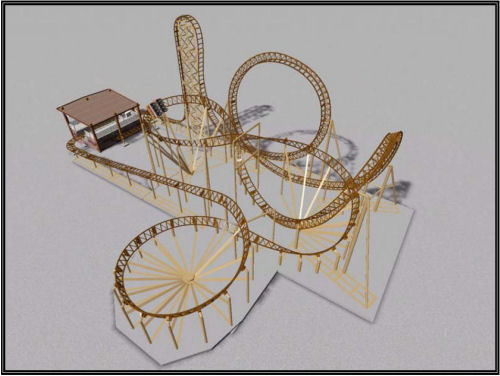
Overview of the Euro Fighter roller coaster
Challenges
Euro Fighter is a unique high speed attraction for roller coaster fans. On the 361 m long track the visitor experiences a fast-paced up and down with two loops. The total time of the ride is approx. 40 seconds with short-term vertical acceleration up to 4.5 g at a maximum speed of 70 km/h. To prevent any interference with the excitement of the ride and ensure passenger safety, the passenger cabins must be monitored throughout the ride.
Solution
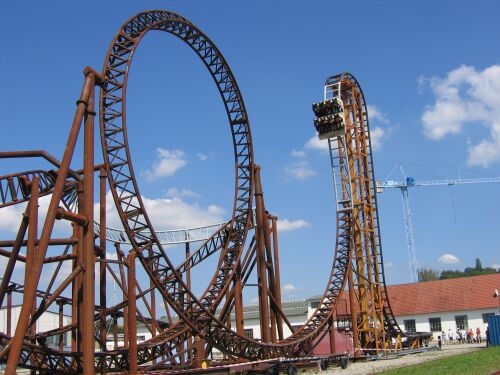
Fig. 2: The Euro Fighter roller coaster features a 97° drop
To query the roller coaster vehicles in the start and end area, the inductive proximity switches NJ30+U1+A2 with pnp antivalent output are predominantly used. The antivalent sensors are always fitted in pairs for the safety-relevant querying of the vehicle position and are queried redundantly by the safe PLC.
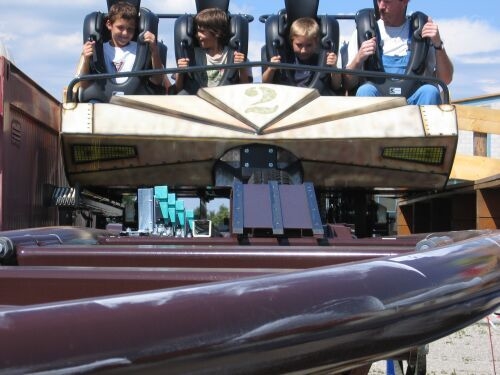
VariKont sensors in redundant operation before the turn
NJ15-M1K-A2 inductive proximity switches are used to query the tooth profiles of the lift chain.
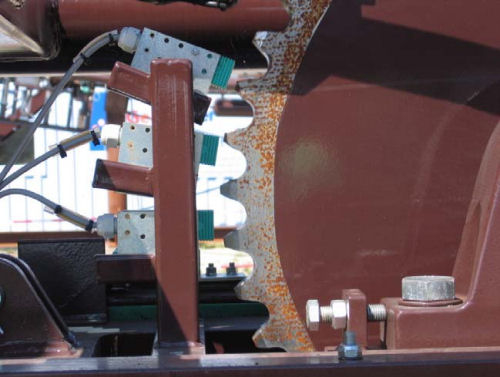
Fig. 4: Inductive proximity sensors are used to query the tooth profiles
The Euro Fighter uses the inductive identity system IRI-KHD2-4.4M with an IVH-M1K read head for counting the vehicles, and an IDC-50-1K transponder is fitted to the roller coaster vehicle.
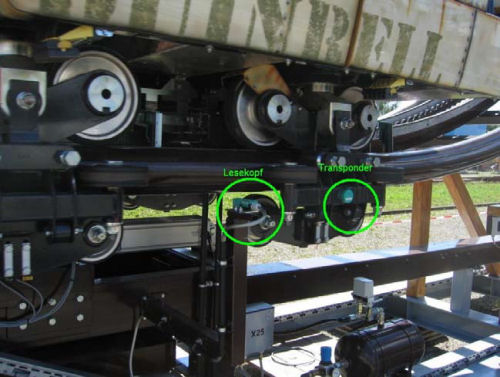
Fig. 5: Identity system in the Euro Fighter vehicle
Via the simple binary output of the evaluation device the safe control receives operational information about the currently deployed vehicles. This permits the timely deduction of maintenance intervals for the operator of the roller coaster.
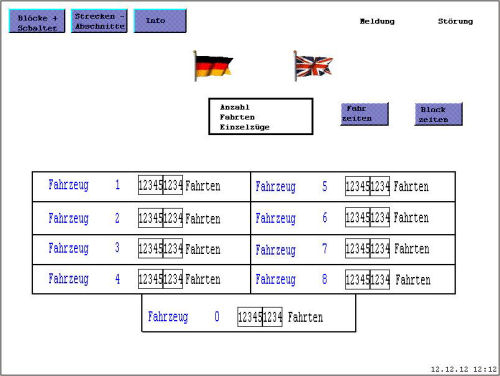
Fig. 6: Maintenance interval overview at the monitoring station
In the switch cabinet are the identity evaluation unit IRI-KHD2-4.4M and the speed monitor KFU8-DW-1.D to monitor the vehicle speed independently from the control.
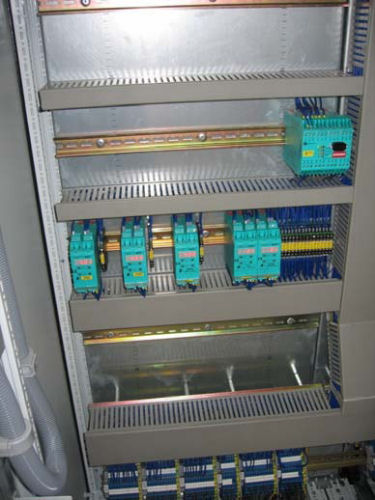
Fig. 7: Switch cabinet
A rotary turnout is provided to remove a vehicle from the roller coaster rail. The exact position of the vehicle on the turnout is implemented via a reflective light barrier type MLV12-54/47/92 and a reflector H60. A divided metal bracing is fitted to the lower part of the vehicle with a gap of approx. 20 mm in the center. The roller coaster vehicle can only be removed once the MLV12-54 detects the center position.
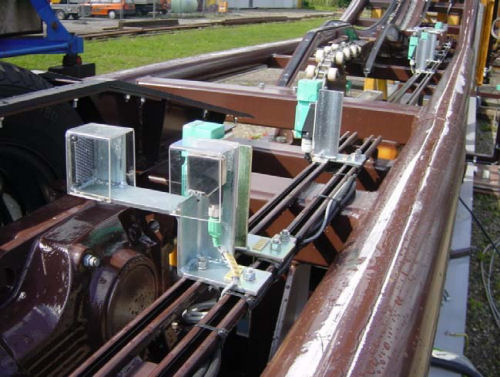
Fig. 8: Removal system





 +61 3 9358 3400
+61 3 9358 3400